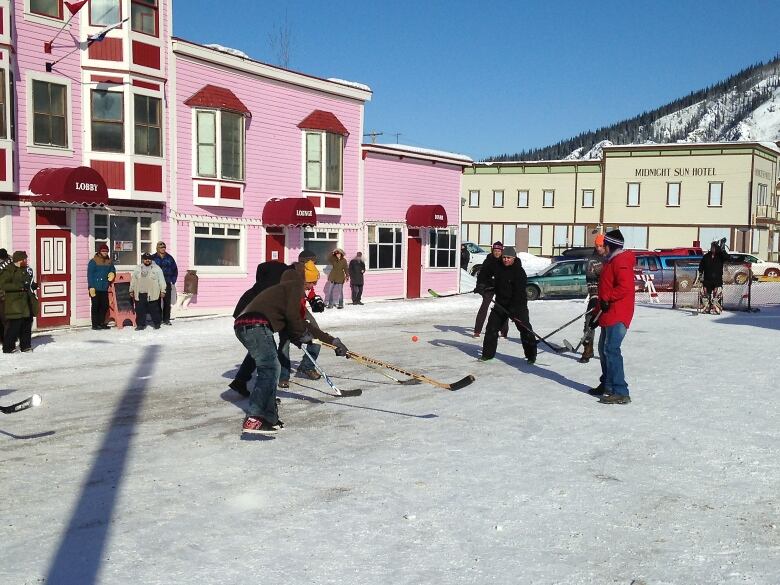Fewer Yukoners live in remote communities: Census 2016
Census shows more Yukoners living in and near Whitehorse

The federal census reveals that Yukon is becoming more urbanized.
Fewer and fewer Yukoners are living far from urban centresas the population increasingly centralizes near Whitehorse.
The territory's population has increased overall by 5.8 per cent in five years.
However that growth has not been equal.Several smaller communities have seen notable declines compared to the booming capital.
Population declines in small places
The statistics are sometimes surprising because a only few people moving can mean a big percentage change in small communities.
The community of Destruction Bay, for instance, reported a stunning 57 per cent increase in the last five years.Its population grew to 55 from 35.
Many smaller communities have seen their populations declinesince 2011according to the 2016 Census.
- Tagish (-36% to 249)
- Carcross (-34% to 301)
- Stewart Crossing (-32% to 17)
- Keno Hill (-28% to 20)
- BurwashLanding (-24% to 72)
- Champagne (-20% to 20)
- Mayo (-11% to 200)
- Beaver Creek (-10% to 93)
Old Crow, which is Yukon's only fly-in community, saw a decline of almost 10 per cent over five years to a population of 221.
Whitehorse growsboth inside and outside city limits
More than three-quarters ofYukonersnow live in ornear Whitehorse. The City of Whitehorse saw a significant population increase in recent years.
The region within city limits saw an increase of seven per cent (to 25,085) while a category called "Whitehorse unorganized" roseby 16 per cent (to 326).
Areas near the city are also booming.
For instance, the population of Lake Laberge grew by 25 per cent (to 25) while Macpherson-Grizzly Valley grew by 16 per cent (to 1,245).
The population of the Ibex Valley subdivision grew by 18 per cent (to 411) while the hamlet of Mt. Lorne increased by seven per cent.
The subdivisions' increase means more local commuting into Whitehorse.
The Yukon government has proposed a $200-million project to upgrade and widen the Alaska Highway coming into the city.

Dawson City grows
Dawson City saw a small increase in populationfive per cent more residentsfor a total of 1,375.
The total increase means there are now 35,874 people reported to live in Yukon, compared to 33,897 in 2011.












_(720p).jpg)


 OFFICIAL HD MUSIC VIDEO.jpg)
.jpg)



























































































